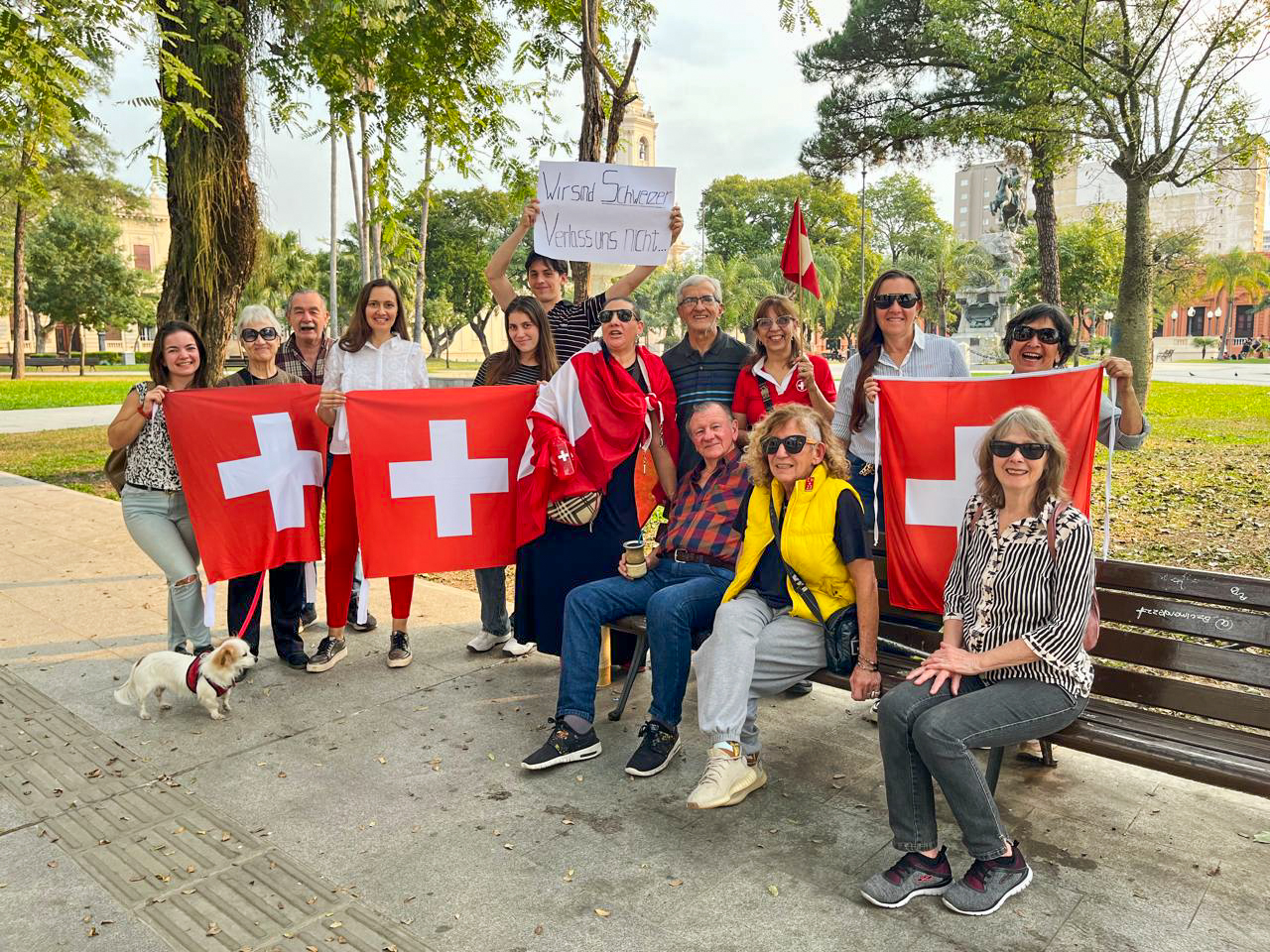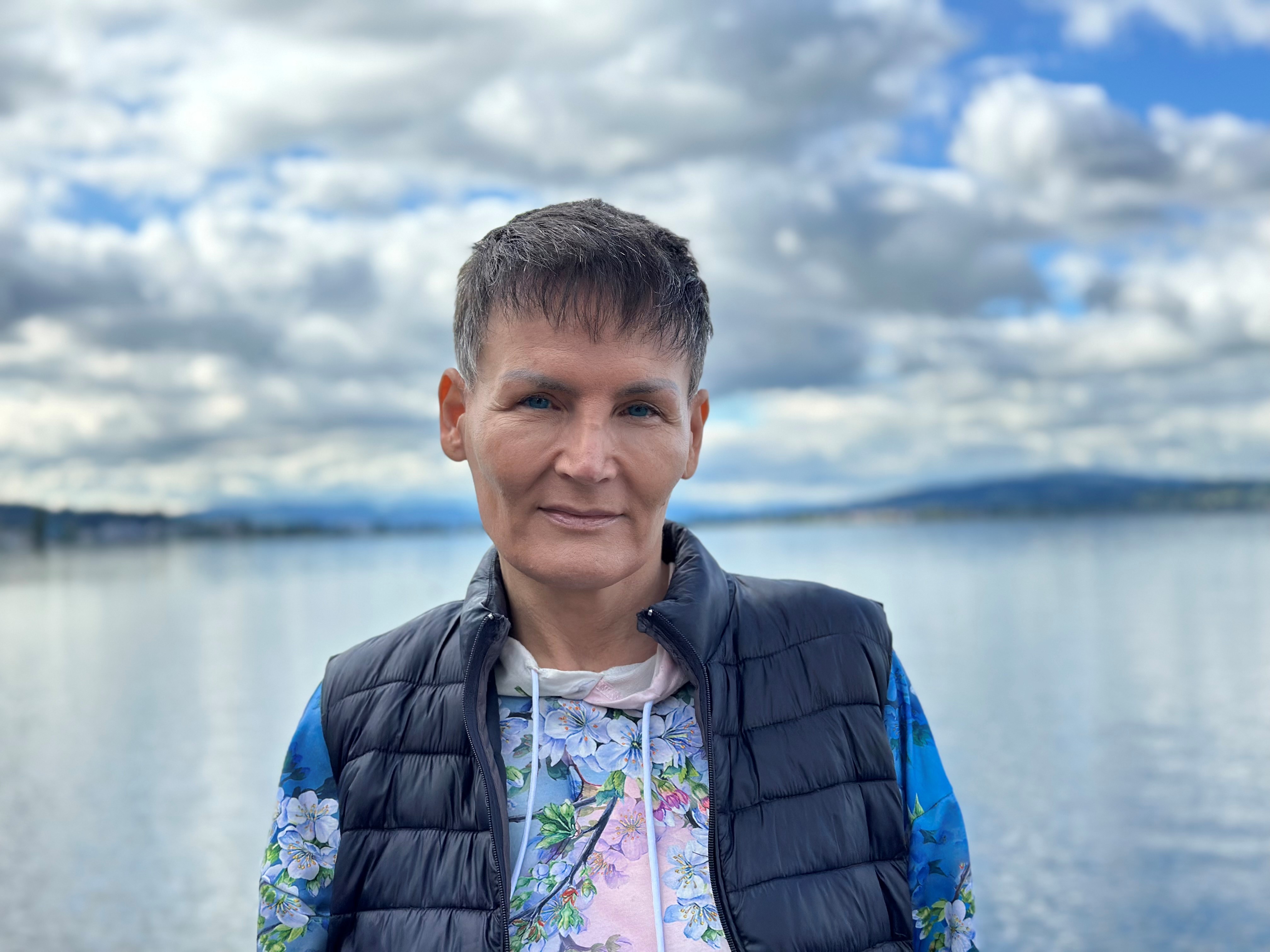Journalists used AI to trace German far-left militant well before police pounced

By Thomas Escritt
BERLIN (Reuters) -Investigative journalists using artificial-intelligence tools were on the trail of a heavily armed fugitive member of the notorious Red Army Faction well before German police announced a breakthrough in the 30-year-old case earlier this week.
Daniela Klette, 65, a member of the now defunct leftist militant group, was arrested on Monday in her Berlin flat on suspicion of committing a string of robberies and at least one attempted murder between 1999 and 2016 to finance her underground life.
German police and security services have drawn criticism over their failures in some politically charged investigations. Their defenders say strict privacy laws limit their ability to use the kinds of artificial intelligence-enhanced tools that a German TV podcast deployed to track down Klette last year.
The risk posed by RAF fugitives was underlined after police found an anti-tank weapon, a Kalashnikov rifle and a machine pistol in Klette’s flat in Berlin’s arty Kreuzberg district, prosecutors said in a statement on Thursday.
Both hers and a neighbouring building had to be evacuated while the munitions were removed and defused, it said.
Prosecutors believe two other long-sought suspects could also be in Berlin and dangerous.
Daniela Behrens, the interior minister of Lower Saxony state where many of the crimes were committed, hailed Klette’s arrest as a major breakthrough and a tribute to the diligence of the police and prosecutors on the case.
Last year, however, an ARD television podcast tracked Klette, one of three RAF militants still sought 26 years after the group announced its dissolution, by putting the picture from her wanted notice through image search tool PimEyes.
This yielded online images of a much older woman going by the name “Claudia Ivone” who, until the COVID-19 pandemic struck in 2020, regularly took part in Berlin’s Afro-Brazilian scene and was a practitioner of Brazilian martial dance capoeira.
“I strongly recommend that you follow this trace,” Bellingcat investigative journalist Michael Colborne recalled telling the podcasters in an interview with Die Zeit weekly on Thursday. He said he had run the pictures through a host of face comparison tools and kept turning up the same result.
The podcast team said they had contacted authorities to check their findings, according to broadcaster RBB, but not to brief the police, who on Tuesday said they been put on track by a tip received from the public in November.
“We did not pass on any findings. It’s a matter of policy and safeguarding our sources,” said Khesrau Behroz, host of the podcast entitled “Most Wanted”.
“For reasons of investigation tactics we make no disclosures about our detection methods,” prosecutor Alexander Hege said when asked if the podcast was the original source of the tip.
With the far-right Alternative for Germany party soaring in opinion polls, police and security agencies are under increased pressure to crack down on political extremists even as they operate under the shadow of past failings.
Most notoriously, police missed multiple clues that could have led them more quickly to the neo-Nazi National Socialist Underground gang, which murdered nine immigrants between 2000 and 2006 and was only caught in 2011 after two members killed themselves, leading to a third turning herself in.
Police are still searching for two other members of the Red Army Faction, which emerged out of leftist protests against the Vietnam war in the early 1970s and murdered 33 government officials, U.S. soldiers and businessmen.
(Reporting by Thomas Escritt; editing by Mark Heinrich)








